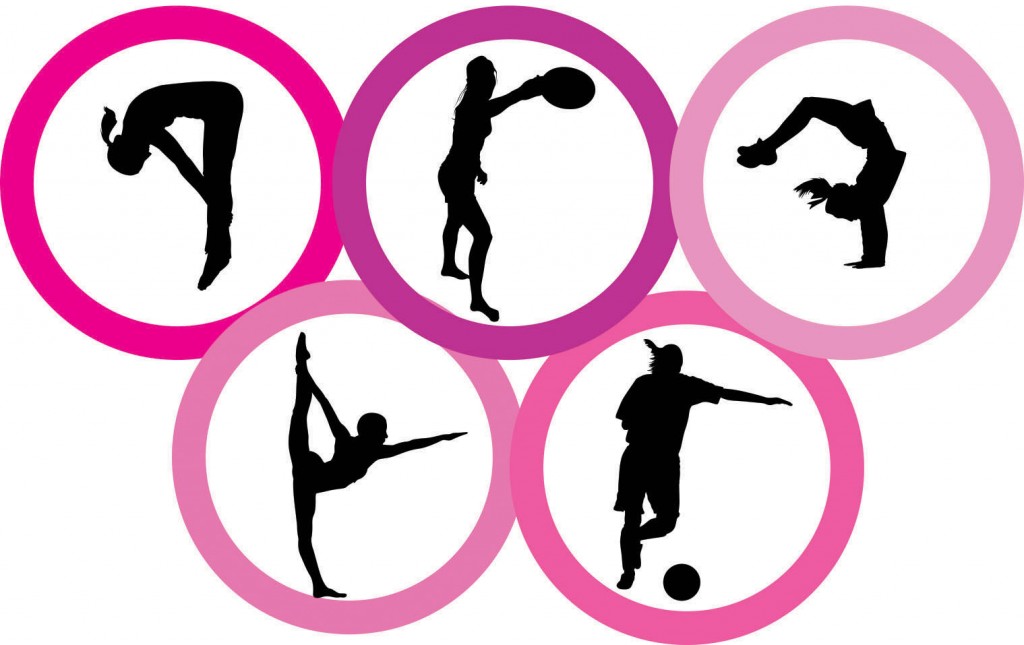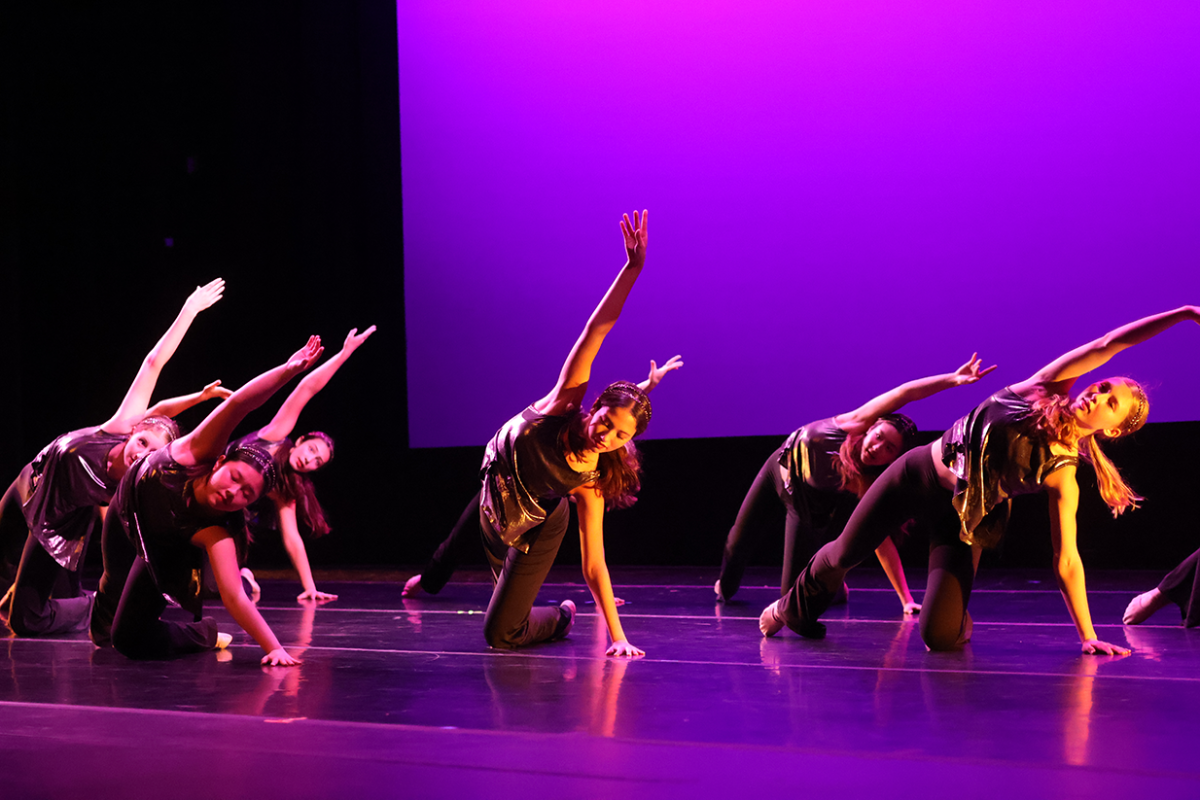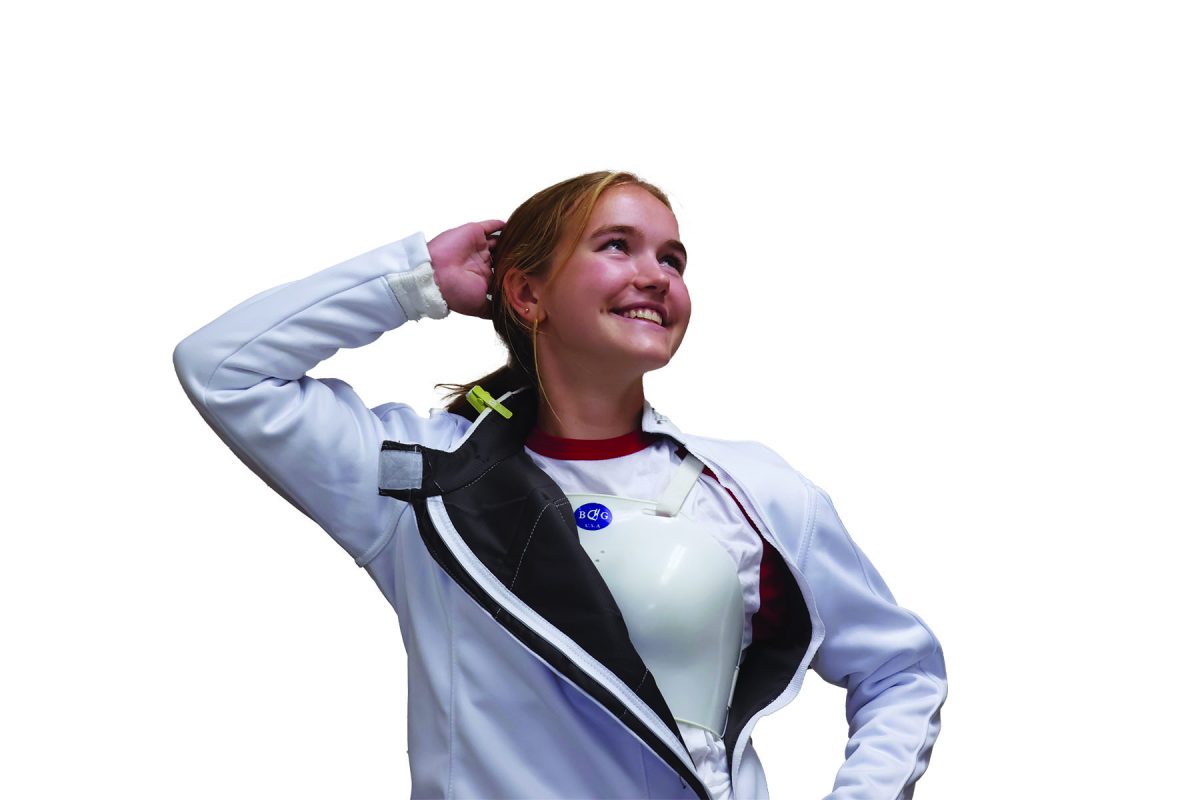Gold Medals Turn Pink
Managing Editor Megan examines the evolution of women’s participation in the Olympics
On July 27, senior Hollis, as well as billions around the world, were mesmerized by the opening ceremonies of the 2012 London summer Olympics. For the next week, she seldom left her couch, not wanting to miss a detail of the action packed competitions.
But it wasn’t only the incredible muscle and talent that fascinated Hollis. She realized the importance of this year’s Olympics in terms of gender equality.

For the first time, every single participating country brought with it a female athlete. For the first time, more women from the United States competed than did the men. For the first time, boxing was expanded to create events for women too. And the list goes on.
“It’s encouraging to see such an emphasis on women empowerment from the Olympics,” sophomore Faith said.
The Olympics marked the 40th anniversary of Title IX, the legislature which demanded equal opportunity for women in every aspect of education and activities, especially athletics. As the games unfolded, women across the world took a giant step towards equality.
In the 1908 London games, one of the first modern Olympics, only 37 women competed, none of whom hailed from the U.S. In 1908, 1,963 men competed. At the 2012 London games, 4862 women competed compared to 6041 men; women made up 44 percent of athletes.
This marked also an increase from the 2008 Beijing Games, where only 42 percent of the athletes were women.
Junior Augusta, a fan of the “Fab Five” and their gold medal in the team gymnastics competition, said that “these Olympics showcased women’s strength, talent and love for their sports and showed that women’s dedication to sports is equal to that of men’s.”
The numbers still show, however, that the two genders are not completely equal. But a showing by the first female competitors from Saudi Arabia showed that there is hope for the future. Saudi Arabian Wojdan Shahrkhani competed in judo and her teammate Sarah Attar competed in the 800 meter track race.
After her quick defeat by Puerto Rican Melissa Mojico, Shahrkhani told BBC “Unfortunately, we did not win a medal, but in the future we will and I will be a star for women’s participation. It was the opportunity of a lifetime…Hopefully this is the beginning of a new era.”
Hollis said she believes that it is important for all women to continue striving for equality, and she is inspired by their progress so far.
“When young girls see female athletes succeeding in something that has historically been dominated by men, I think it is very powerful and it shows them that they can reach their goals too,” she said.
Faith was especially inspired by Attar and US gymnast Gabby Douglas.
“I truly admire how Gabby Douglas was able to unexpectedly rise above to win the All-Around Title in gymnastics,” she said. “I like knowing that we have such amazing role models to look up to.”
Seventh grader Bebe has been taking gymnastics classes for over six years. Her gym encourages the girls to participate in every event, but her highest score is on the vault. Bebe’s favorite gymnast to watch was Gabby Douglas.
“Watching the olympics inspired me to work harder,” she said. She wants to get more competitive after watching the olympics and continue gymnastics through high school, but does not plan on becoming Olympic caliber.
“I would, but my gym doesn’t do that,” she said.
Athletic Director Tina Slinker agrees the importance of these successful female athletes as role models toward young girls.
“Women as role models is a powerful tool in influencing young people to strive to accomplish goals beyond imagination,” she said. Especially when these role models teach important values such as “to endure defeat with grace and dignity and to rise above all adversity and challenge with character and perseverance.”
-Megan













